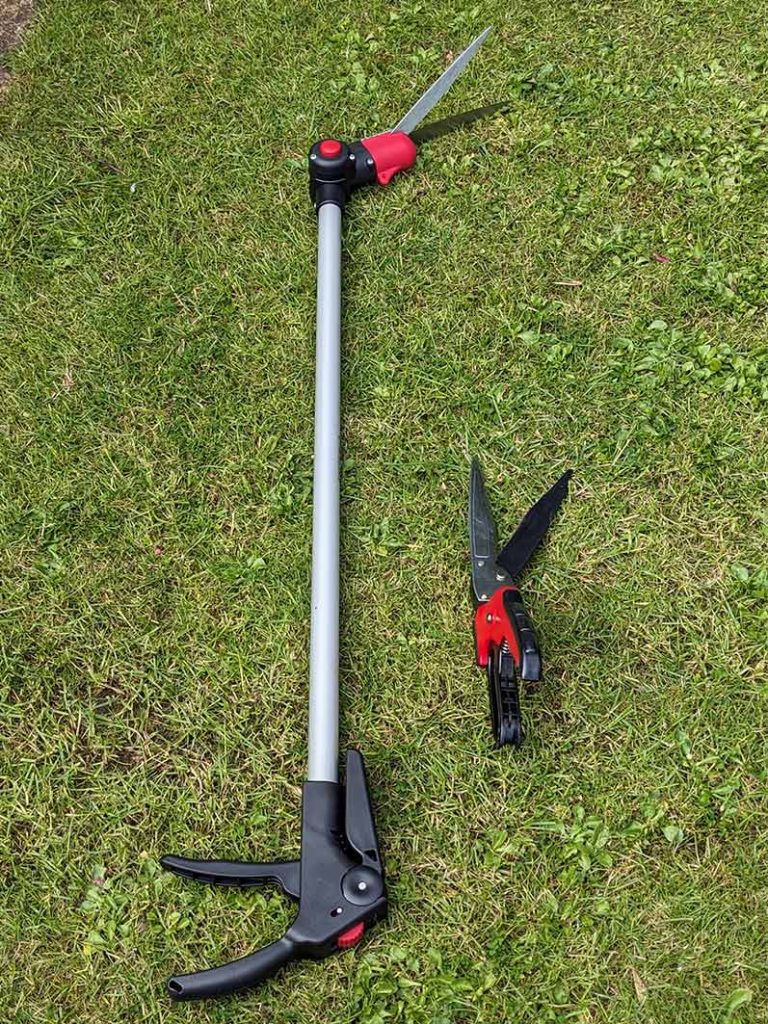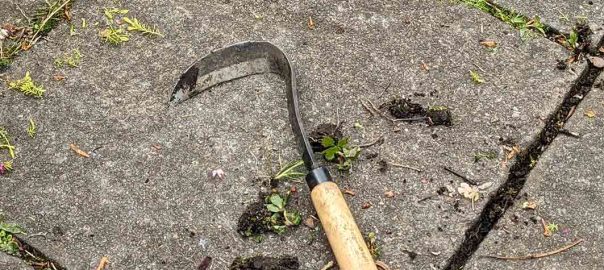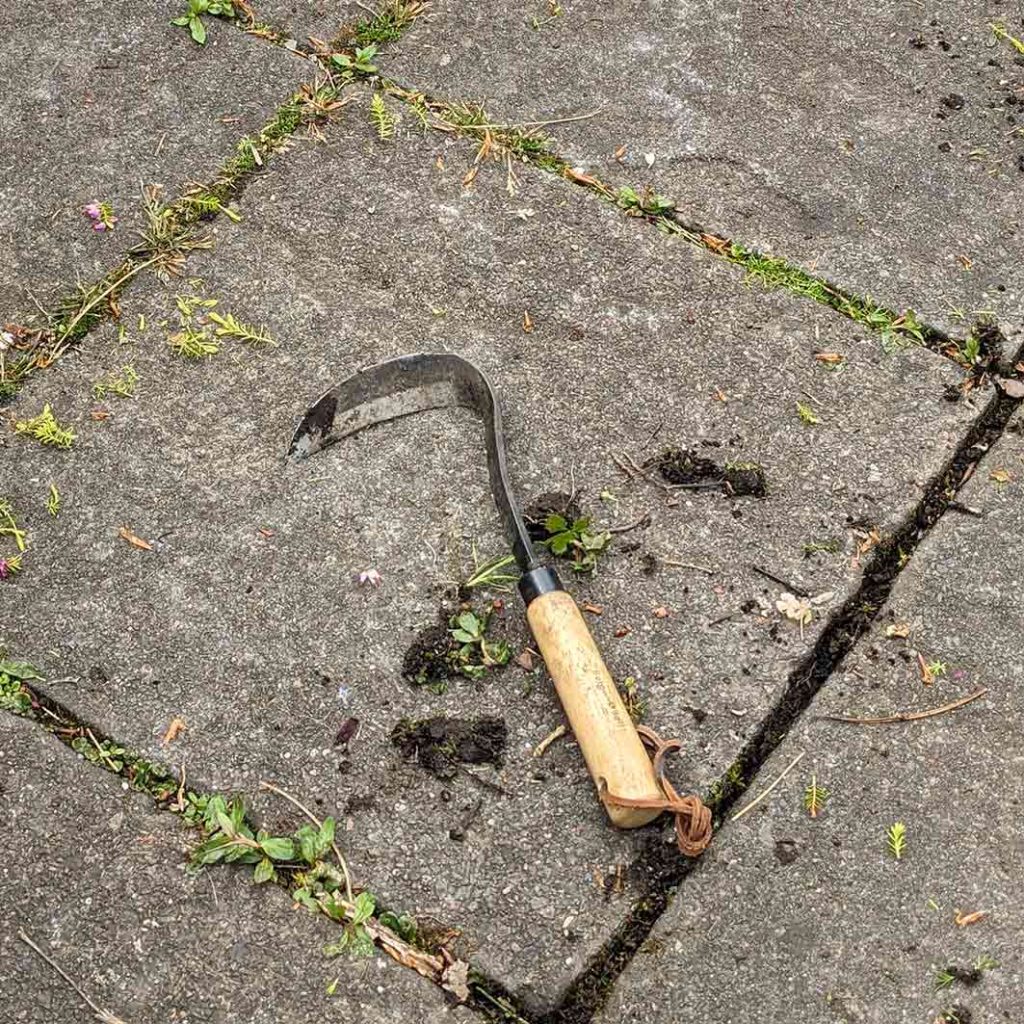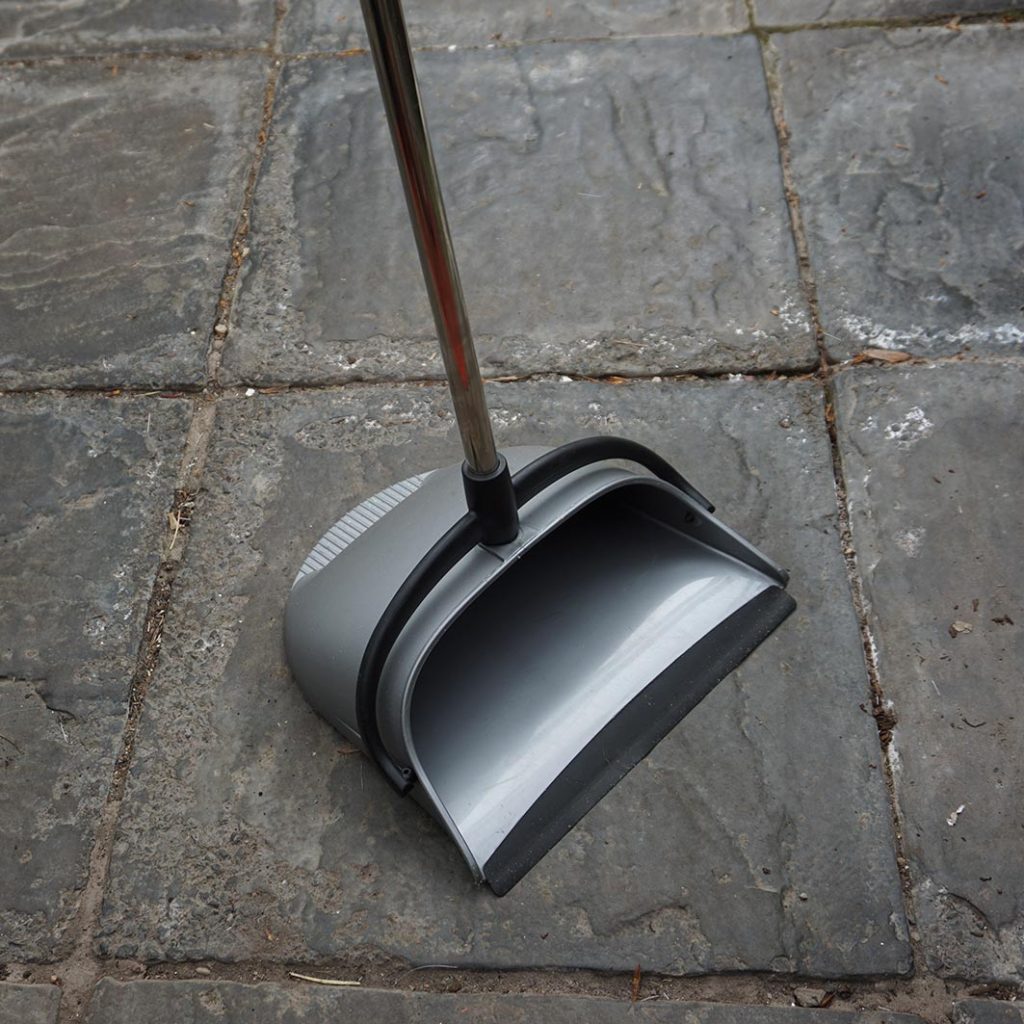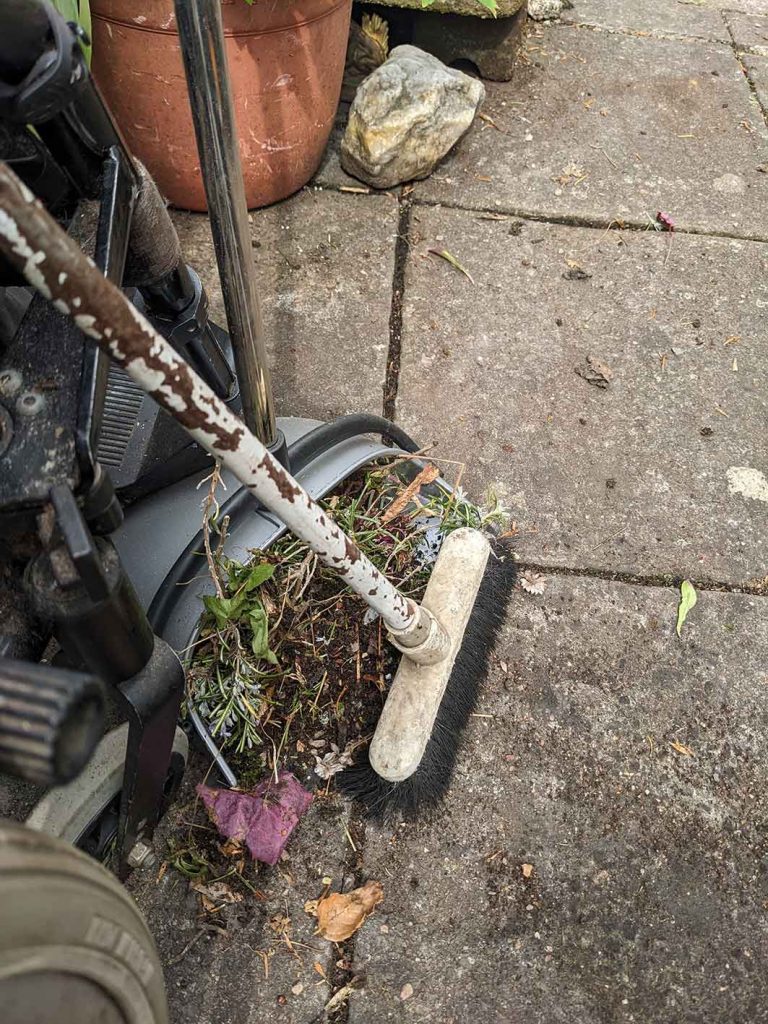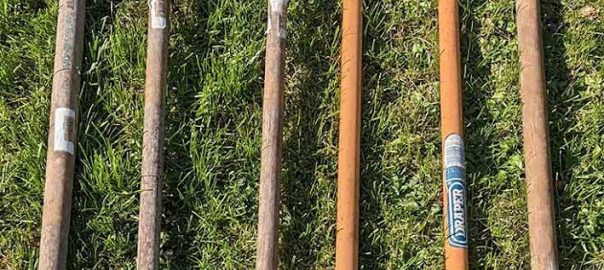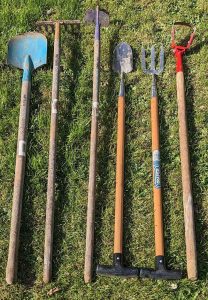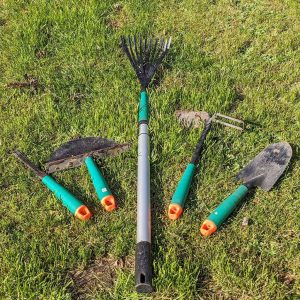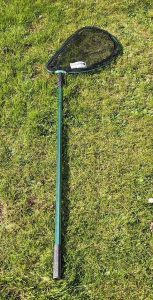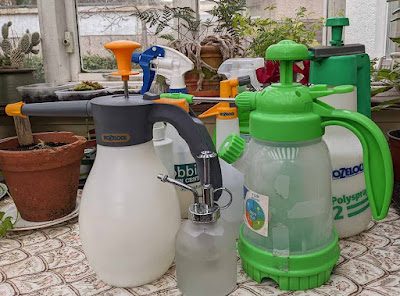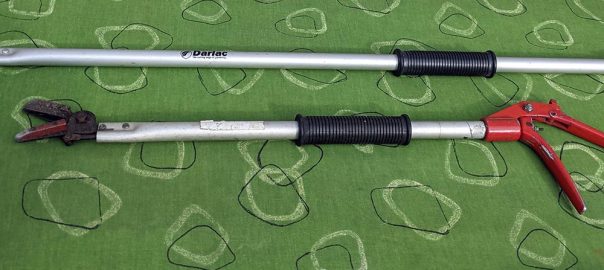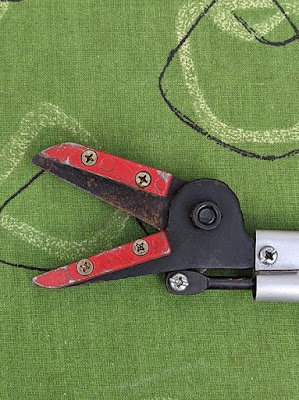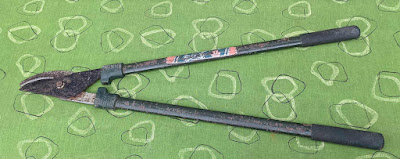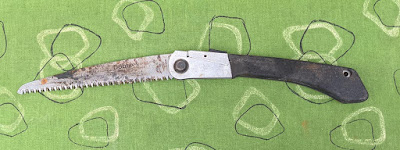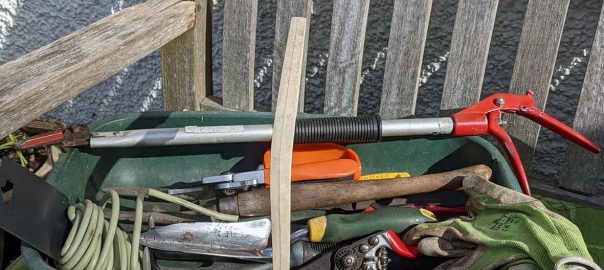I have been a paraplegic for many years now: I have very little in the
way of core muscles, have arthritis in both hands, and get
supraspinatus tendinitis in my shoulders if I do too much. Therefore, I have to pace myself when working in the garden. My tool-trug always sits in the garage ready for me to put it on my knee and trundle down the ramp into the back garden so I don’t have to keep going back and forth to retrieve any tools that I may need. It contains my favourite secateurs, snips and other small tools that I use regularly. This post is about the tools (secateurs, snips, and scissors) that I find the easiest to use in order to prune small twigs and plants, and to dead-head plants that are within easy reach. I tend to use one hand for holding onto my wheelchair wheel to stabilize me, while reaching out with the other to do the pruning.
 |
| Tool-trug |
My Felco 8 Classic secateurs must be my oldest and most used tool. I could not do without them. They are comfortable to use. They are easy to clean and maintain. They have an anvil blade with a sap groove. As long as I remember to clean, oil, and sharpen them, they should last me my lifetime.
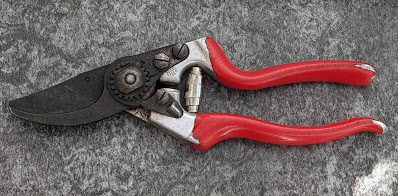 |
| Felco 8 Classic secateurs |
My Kew gardens collection ratchet secateurs are great for the slightly thicker, tougher branches that the Felcos cannot cut through. I used to always wonder why no one had invented a ratchet type before… and then I found some! I so wish I had found these before I injured my finger by trying to cut through a thick branch with my Felcos. (I was just being stubborn and did not want to ask for help with this last branch and I damaged my tendon and now I cannot bend that finger). They are made by Spear & Jackson and can take 4 steps (squeezes) to cut a tough branch. They are great for someone with little grip strength although can be tricky at times and can get a bit stuck in the branch..
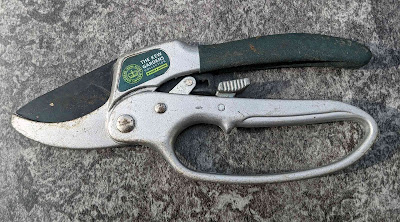 |
| Ratchet anvil secateurs |
These Darlac Cut’n’ Hold flower snips (DP636) are very handy. I haven’t had them long but it means I can hold onto the spent flower head and put it straight into a handy trug instead of letting them fall to the ground to be swept up later. They are nice and light to use, and if you are cutting flowers to put in a vase, they have a small stem crusher in the centre of the handle.
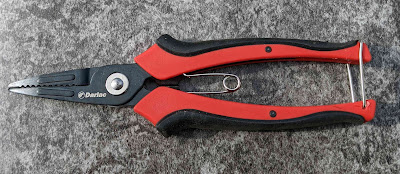 |
| Darlac Cut’n’Hold’ flower snips |
|
|
|
|
|
For dead-heading delicate flowers or flowers that are in an awkward place, these mini deadhead snippers are fantastic. I especially use them for dead-heading my Streptocarpus saxorum as the flower stalks are tucked underneath the small fleshy leaves and these can get right in there and snip them.
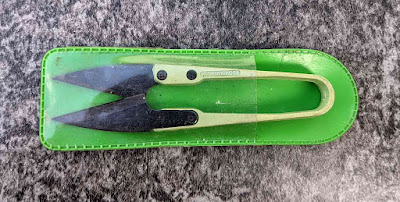 |
| Deadhead Snippers |
These trusty old tough kitchen scissors are my favourite tool for cutting my decorative grasses that are in pots.. They are also great for some stems that are rather bendy that don’t cut well with secateurs. I trim my iris leaves and other plants with long strappy leaves with these.
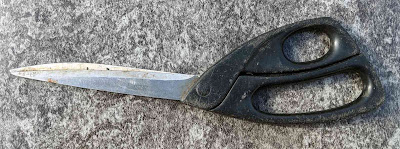 |
| Tough kitchen scissors |
It is a good idea to have some spare secateurs for any willing helpers you have to use. I hate giving my Felcos to anyone else to borrow. Also, I have had a few tools go missing which may have been thrown out by accident along with the clippings.
For arthritic hands though they all use the same action which means my hands get very sore even after a short amount of time pruning and dead-heading. I have seen some electric secateurs on the market which may be something of interest but are pretty expensive. I would like to try-before-I-buy just to make sure they aren’t going to be too heavy to use, and see how stiff the trigger is to use as my first finger is the worst affected by arthritis and won’t bend much at all.
When buying any hand held tool it is worth getting the feel of them before you buy as they must be comfortable to use. Some makes have different sizes depending on your hand size.
